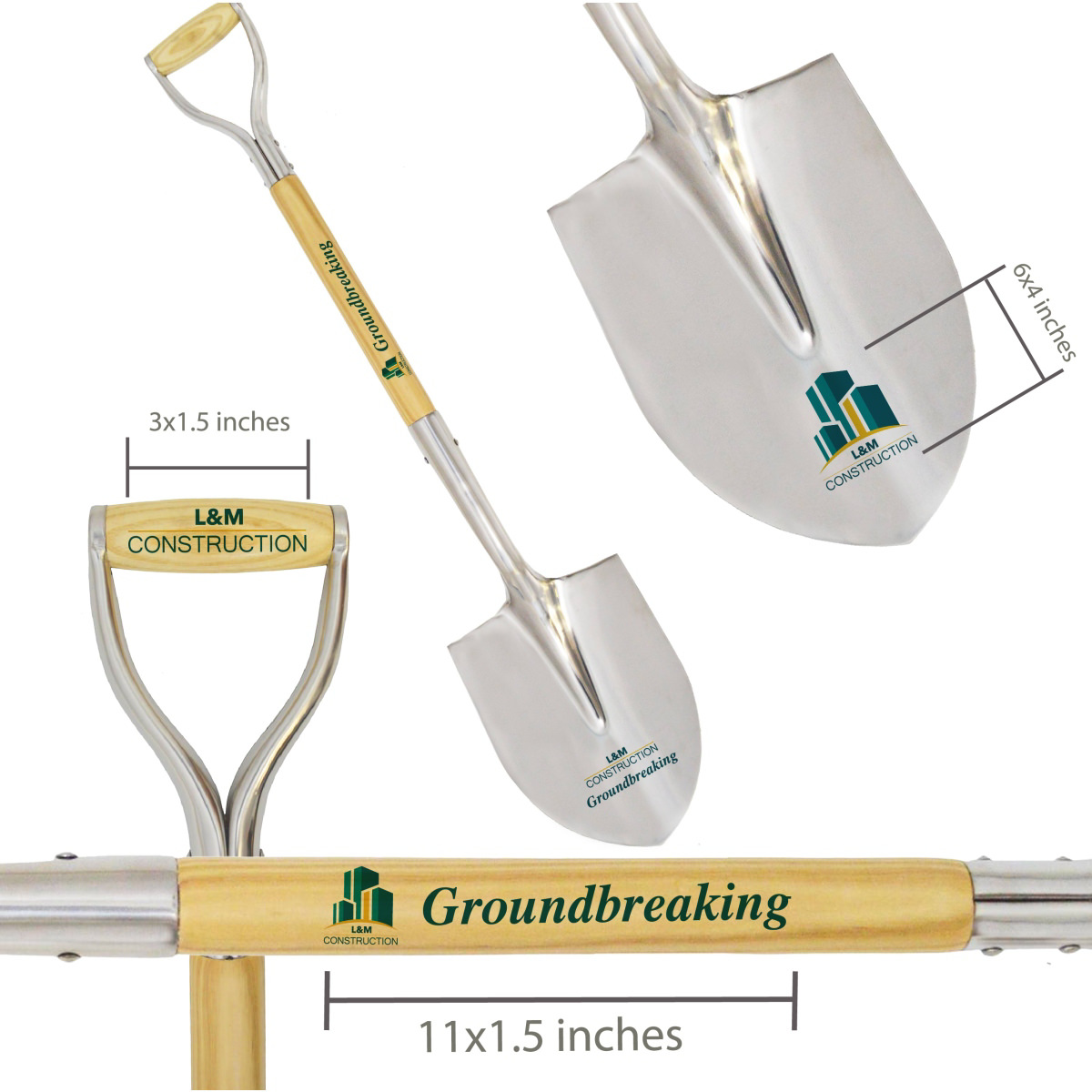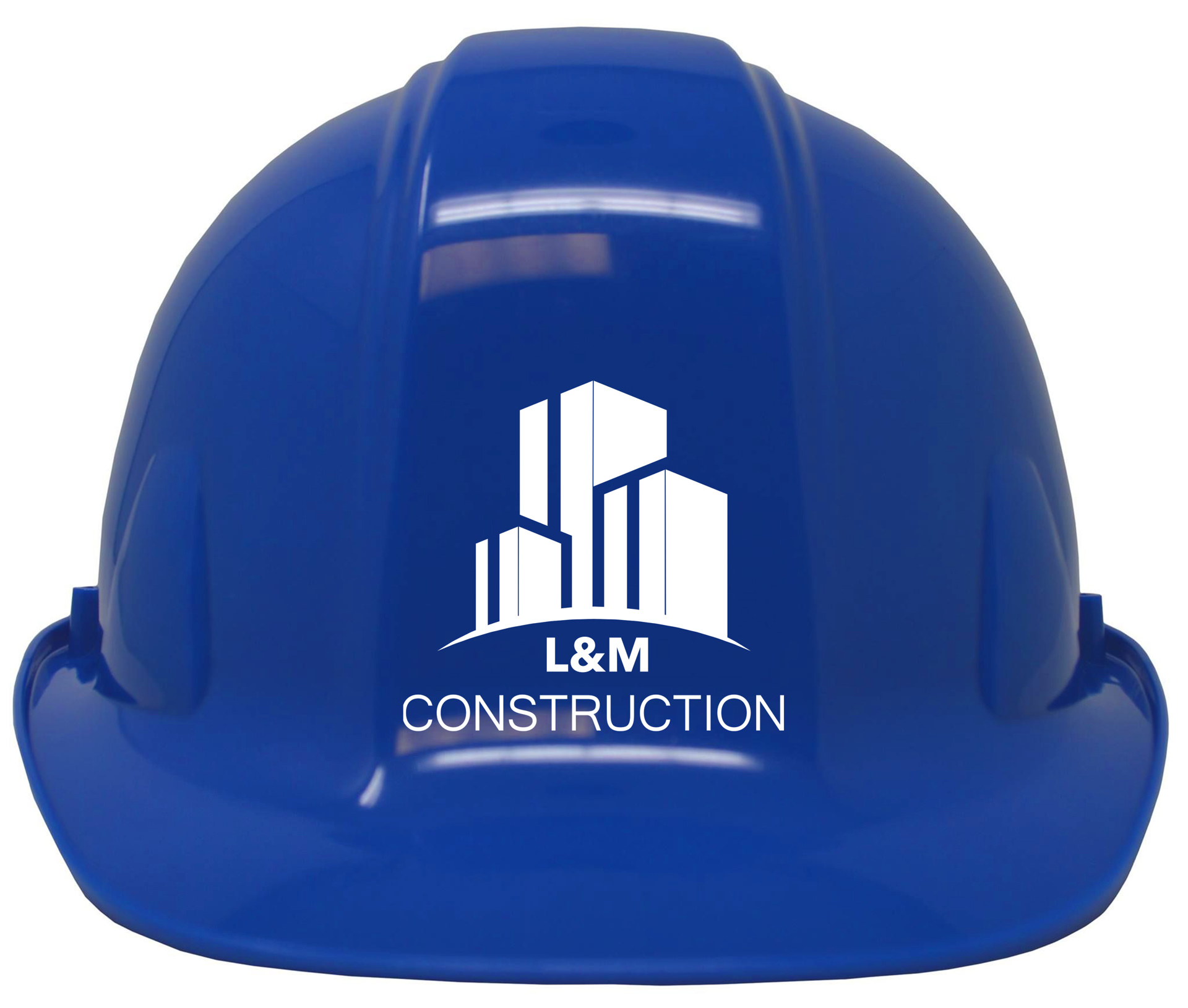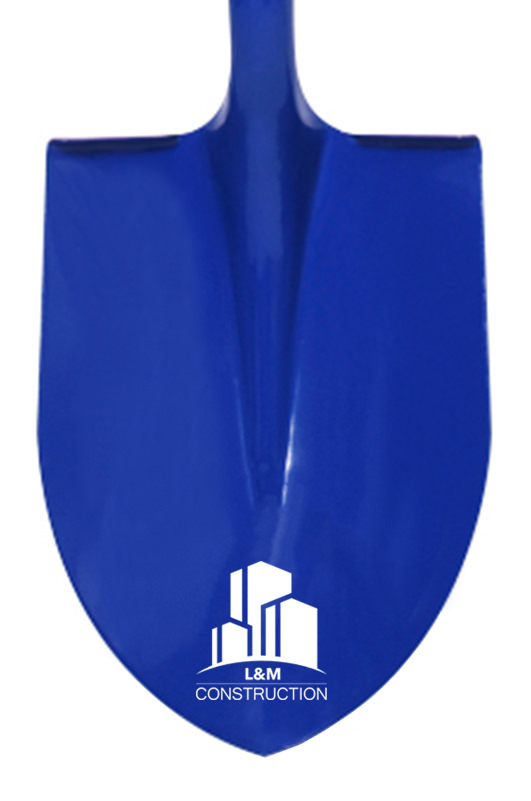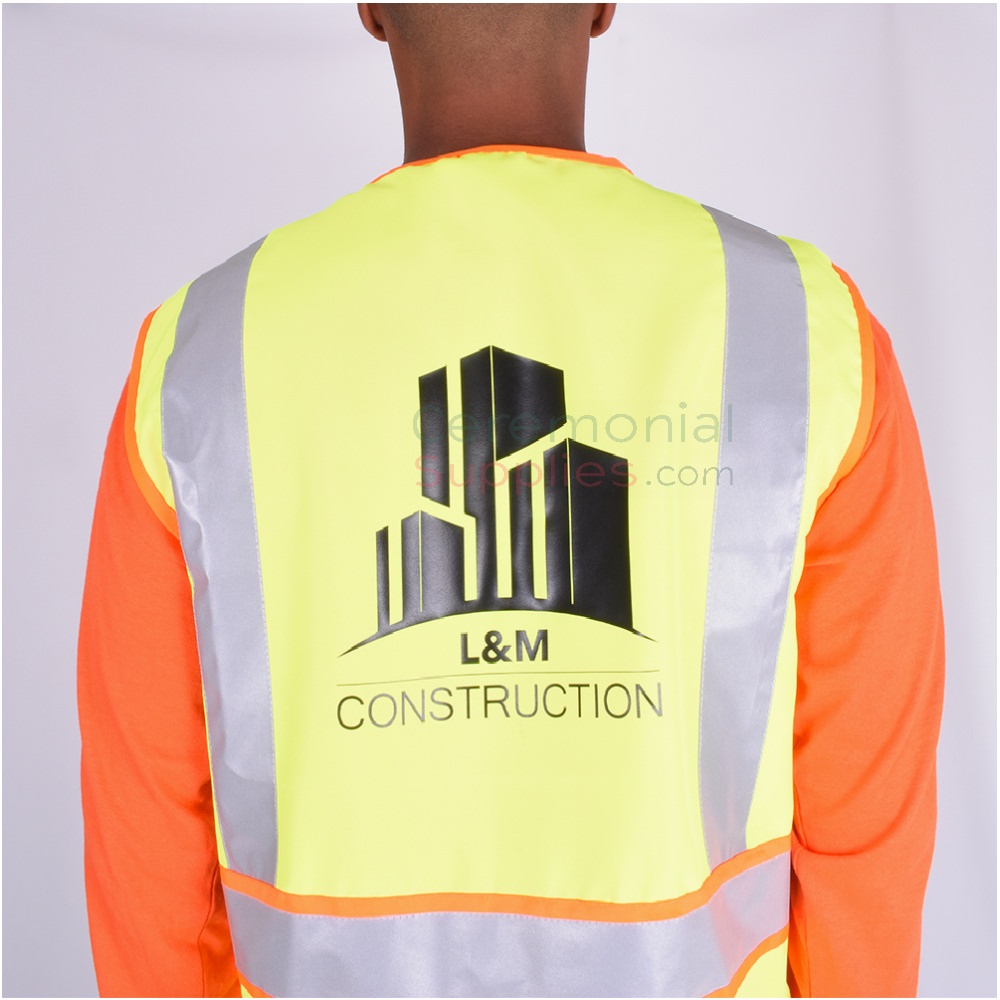During the 15th century Renaissance in Italy, groundbreaking ceremonies marked significant milestones in the construction of major architectural and cultural projects. Corner stone ceremonies in Renaissance 15th Century Italian architecture were elaborate events that symbolized the beginning of ambitious endeavors, showcasing the wealth, power, and artistic prowess of the patrons and cities involved. Join CeremonialSupplies.com on our passionate quest for every lovely and historical architectural ritual celebrated by man in the quest for beauty and meaning, and let's delve into the groundbreaking ceremonies of three major constructions from 15th Century Renaissance Italy and explore their similarities to modern groundbreaking ceremonies.

St. Peter's Basilica, Vatican City (1506):
The groundbreaking ceremony for St. Peter's Basilica in Vatican City was a momentous occasion that marked the start of one of the most iconic architectural projects of the Renaissance. Pope Julius II commissioned the construction of the basilica, intending to create a grand symbol of the Catholic Church's power and spiritual significance. But it was also politically juicy. Pope Julius II, born Giuliano della Rovere, had a complex family connection with the Medici family, one of the most influential and powerful families during the Renaissance period in Italy. His family's connection with the Medicis can be traced through several key relationships. He was the nephew of Pope Sixtus IV (whose birth name was Francesco della Rovere. Sixtus IV was known for his close ties with the Medici family, particularly Lorenzo de' Medici, also known as Lorenzo the Magnificent. This familial connection laid the groundwork for future interactions between the della Rovere and Medici families. While there were moments of alliance and cooperation between the della Rovere and Medici families, there were also periods of rivalry and conflict. Pope Sixtus IV's pontificate saw tensions between the papacy and the Medici family, particularly over political and territorial matters. When Giuliano della Rovere was elected pope and became Pope Julius II, he initially sought support from the Medici family. However, his ambitions and policies often clashed with Medici interests, leading to strained relations at times. Julius II's assertive papacy and efforts to expand papal territories often put him at odds with various Italian powers, including the Medici family.

Patronage of the Arts:
Despite political tensions, both the della Rovere and Medici families were patrons of the arts and played significant roles in the cultural flourishing of the Renaissance. Pope Julius II, like the Medici rulers, supported artists such as Michelangelo, Raphael, and Bramante, contributing to the artistic legacy of the period. It is very likely these prominent personalities were present at the groundbreaking ceremony of St. Peter’s Basilica, Vatican. The “laying of the first stone” ceremony was also attended by prominent clergy, nobles, and artists, showcasing the unity of faith, art, and patronage during the Renaissance.

Palazzo Vecchio, Florence (1299):
The groundbreaking ceremony for the Palazzo Vecchio in Florence, originally known as the Palazzo della Signoria, marked the construction of a civic symbol of Florence's political and cultural prominence. The ceremony, presided over by the city's leaders and renowned artists of the time, celebrated the start of a project that would define Florence's identity for centuries to come. The Palazzo Vecchio, originally known as the Palazzo della Signoria, was built by the architect Arnolfo di Cambio in the late 13th century. Arnolfo di Cambio was a prominent architect of his time and is credited with several notable architectural works in Florence, including the Duomo's bell tower.

As for the laying of the stone ceremony, it's likely that the ceremony was attended by prominent figures of Florence's political and cultural spheres. These may have included City Officials such as Representatives of the Florentine government, such as the Signoria (the ruling body of the Republic of Florence), council members, and officials responsible for overseeing the construction; Artists and Architects, Arnolfo di Cambio himself would likely have been present, along with other artists, architects, and craftsmen involved in the construction project. This could have included sculptors, painters, and builders. Nobility and Wealthy Florentine families, including the Medici family (who later took residence in the palace), and other noble families may have been in attendance to mark the importance of the groundbreaking ceremony, which was known as “laying of the stone” or “laying of the first stone.” The laying of the stone ceremony for the Palazzo Vecchio would have been a significant event, symbolizing the beginning of a project that would become a symbol of Florence's political power and cultural richness during the Renaissance.

Doge's Palace, Venice (1340s):
The groundbreaking ceremony for the Doge's Palace, also known as the Palazzo Ducale, in Venice, a symbol of Venetian political and maritime power, was a grand affair attended by the Doge, nobility, and prominent citizens. The ceremony emphasized Venice's wealth, influence, and commitment to monumental architecture that reflected its glory. The Doge's Palace, in Venice was constructed by various architects over several centuries. However, the most significant contributions to the palace's construction were made by Giovanni Bon and Bartolomeo Bon; they were the architects responsible for the construction of the early Gothic-style portions of the Doge's Palace in the 14th century. Filippo Calendario; Calendario made substantial additions and renovations to the palace during the 16th century, including the construction of the Porta della Carta, the main entrance from the courtyard to the interior. Antonio Rizzo; Rizzo, an architect and sculptor, contributed to the Renaissance-style remodeling of parts of the Doge's Palace in the late 15th and early 16th centuries.

Similarities to Modern Groundbreaking Ceremonies:
Symbolism:
Like modern groundbreaking ceremonies, these laying of the stone ceremonies were symbolic and traditional rituals that represented the beginning of a monumental project that would leave a lasting legacy.
Prominent Attendees:
Just as modern groundbreaking ceremonies are attended by dignitaries and stakeholders, the laying of the first stone ceremonies here, also had the most influential figures from the Church and society present, as with the likes of the Medici family members, Michelangelo, Raphael, and Donatello, the St. Peter's Basilica groundbreaking event had influential figures from the Church and society.
Community Celebration:
Like modern ceremonies, the laying of the first stone ceremony of St. Peter’s Basilica, Palazzo Vecchio, and Doge’s Palace, groundbreaking ceremonies were civic, community events that fostered civic, religious pride and unity.

Both then and now, groundbreaking ceremonies for major buildings highlight the architectural achievements and aspirations of the era and groundbreaking ceremonies during the 15th century Renaissance in Italy were significant cultural and political events that celebrated the beginning of monumental constructions. They share similarities with modern groundbreaking ceremonies in terms of symbolism, community involvement, architectural significance, and the celebration of achievements and aspirations. These ceremonies served as pivotal moments in history, shaping the cultural and architectural landscapes of their respective eras.

Shop CeremonialSupplies.com, the best online supplier of high-end groundbreaking shovels custom-printed, for all budgets; groundbreaking ceremony accessories like printed hard hats, corporate oxford shirts branded, printed safety vests, ceremonial shovel stands and displays, construction keepsakes, plaques and gifts, logo-printed mats and event carpets, printed ceremonial ribbons, and make your groundbreaking ceremony a memorable one through the ages. Click here for a quote.
